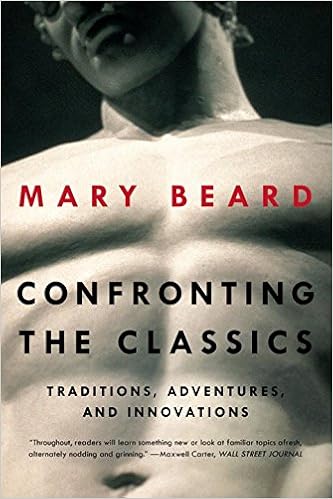My dad loved Soccer Made in Germany on PBS in the early 80s. I had nothing to do in 1994 when the World Cup was on TV, since I only had a learner's permit until right after the Final, so that was my first taste of actual soccer (who could remember how Colombian gangsters killed that one guy who scored an own-goal, allowing the US to advance to the second round?!?!). As recently as 2007, I freely mocked my coworkers who followed the Premier League with their instance of saying "darby" when the word is clearly derby. Then I started playing in a few rec leagues with some friends and my cable carrier picked up NBC Sports so I could bother my poor wife by adopting another sports league. So I guess this is a long way of saying I've only really cared about soccer as a sport to watch more frequently than the world cup for about five years now.
Being interested in the results of the game for only a limited time, I have long been fascinated by the larger soccer culture and how it affects culture in general. The best book about sports fandom I've ever read remains Fever Pitch (when I read it in 2001, I told my friend Sweaty that it was the best book about being a Red Sox fan that could possibly ever be written - unfortunately, I must have said this within earshot of a Hollywood exec, because three years later there were Jimmy Fallon and Drew Barrymore on the field after Foulke flipped the final out to Miniwinivich)(not his name, I don't care). Bill Buford's Among the Thugs scared the holy hell out of me. The rivalries that competitions like the World Cup and the Euro Cup put on the field against each other resemble WWI or imperialistic struggles. Soccer truly can be used to explain the world, it seems.
Which Foer proves in a very entertaining read. He uses various clubs and national teams from around Europe and South America to explore most of the modern world, such as new oligarchs, American culture wars, antisemitism, and globalization. Each chapter makes its point in a compelling fashion, while touching on some of the most famous pieces of soccer history that even a casual fan of the beautiful game could connect to. (Like, Pele. I'm betting just about everyone knows who Pele is.)
While every chapter is interesting and worth reading, I think the first, on How Soccer Explains the Gangster's Paradise, is probably the most compelling to people unfamiliar with soccer, as it focuses on horrific violence. (Maybe I'm revealing a lot about myself? Meh.) As much as I loved Among the Thugs, it's from a time before I started paying attention to soccer, and a time that certainly seems like it's in the rear view now. Hooliganism has been priced and policed out of the British Premier League. I have no doubt that there are still fascist firms stirring shit up, but they no longer terrorize vast swaths of the population as they did in the 1980s. The hooligans that Foer tracks down (and this information, too, could be a bit dated, as this book was published in 2004 - recently to be sure, but before a vast infusion of Russian and Middle Eastern oil money that has greatly transformed a lot of the big leagues around Europe) are Serbian nationalists who partook in ethnic cleansing. In 2012, I took a group of students to the Hague and the International Court of Justice, where some Eastern European warlord was on trial for the murder of 40,000 civilians (obviously I did a great job tracking the details). Seeing this man, stone-faced, answering and deflecting questions about ordering his snipers to open fire on women trying to cross a river, was stomach-churning, and he was behind bulletproof glass and completely unaware of my existence. The characters that Foer encountered in shady bars and firm clubhouses... I can't even imagine.
Also amazing, because of his similarities with our own Dear Leader, was the chapter on Silvio Berlusconi and his teams at AC Milan. If only Trump had gotten permission to buy the Buffalo Bills... But it wasn't enough for Berlusconi, and it probably wouldn't've been enough for His Orangeness, either. Oh well.
Basically, this was great beach reading if you like either soccer or... the world.
Sorry. I couldn't resist.


















